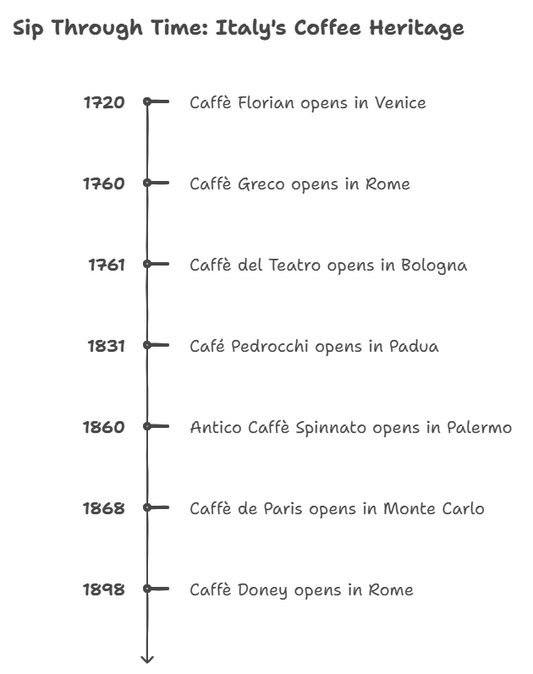Did you know the name italic arose from a history of plagiarism as the inventor did not sell his new fonts to competitors? It got nothing to do with the Tower of Pisa too.

First use of italic (see text within the book). Source: https://searchworks.stanford.edu/view/728043

The term "italic" comes from the Latin word "Itala", which means "to turn". The history of italic usage started in 1500:-
- Italic was briefly used in the frontispiece of a 1500 edition of Catherine of Siena when Aldus Manutius wrote to his friend Scipio. It was difficult to notice if you are not looking into it
- Italic was then used in a complete volume in a 1501 edition of Virgil dedicated to Italy
- Aldus Manutius' italic type evolved from a writing style that had become popular by the end of the 15th century with the educated class, including professional scribes, in southern Italy.
- By mid-century, other scholars began to imitate his writing. In fact, the style came to be called “Cancelleresca” because of the preponderance of work produced in that type for city chancelleries.
- Cursive was developed by scholars and learned men who were the intended audiences for Manutius’s books. In 1501, Manutius commissioned Italian typeface designer Francesco de' Marinis (or possibly his brother Antonio) to design a set of italic fonts for use in smaller editions of some of his larger works.
- In response to these successes, other printers did indeed feel compelled to follow suit by producing similar titles using the new style. The problem was that Manutius would not sell his new fonts to the competition. As we've seen before, copying was part of the Renaissance tradition. In fact, some of the most famous types were copies of existing fonts (such as Didot) rather than original creations.
- Not wishing to call attention to their plagiarism, but still needing to give the new offering a name, Manutius' competitors chose “italic,” after Italy, the country where it originated. (fonts.com)
- in the 18th century, from the Italic, the English Italics—also known as Copperplate—and the art of penmanship was born (domestika.org)
Furthermore, there are many misuses on the usage italic and roman which Oxford and even OECD (Organization for Economic Co-operation and Development) tried to clarify.
- Is there such a word as italic
There's no such thing as an italic font. Fonts are either roman or italic. There are many words that have been given names based on their shape, but none of them refers to a particular font.
- What does the word italic refer to
These days, "italics" refer to a specific font, or more precisely, to its style of letters. Italics font styles are often used for emphasis or to give a different look than normal text. Italic text, together with bold are two different ways to use emphasize text.
- Does Roman mean italic
Roman is nothing like italic. Roman in font style means upright, straight, regular, plain while italic is turned, slanted, and different from normal. Roman can also refer to the lettering style of the Romans.
- What are italics used for
Based on OECD Style Guide 3rd Edition, italics should be used for emphasis sparingly as it is harder to read than normal text. Italics may be used to make your point stand out, or to draw attention to something important. For example:
- Italics should be used for formally published material: books, journals, newspapers, magazines, databases, and working paper and policy paper series names (but the specific working paper or policy paper title should be in roman type and in quotation marks).
- Italics should also be used for foreign words or expressions (e.g. Länder), except in the case of proper nouns (e.g. Deutsche Bundesbank).
- Write Latin abbreviations in italics, except “cf.”, “e.g.”, “et al.”, “etc.”, “ibid.”, “i.e.”, “NB”, “vs.”.
Also, where the body of a text is in italics, items that normally would be italicized become roman. Oxford Style Guide also stated similarly on using italics to flag part of your text which is different from that surrounding it.
- Italic Examples
In term of the usage of italic, Oxford Style Guide gave some guidelines specific to the quoting and italicizing of titles. Below are the italics examples (in bold) for ease of reading:-
- I, Robot contains nine short stories, of which ‘Little Lost Robot’ is my favourite.
- The number-one single in the hit parade this week is ‘Candy’ by Robbie Williams, from the album Take The Crown.
- A Tale of Two Cities has perhaps the most famous opening sentence in English literature.
In Oxford explanation, titles of books, journals, plays, films, musical works etc should be given in italics if they are a complete published work; if you are referring to an individual short story, song, article etc within a larger publication, use single quotation marks.




